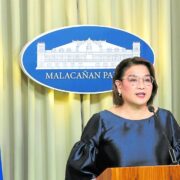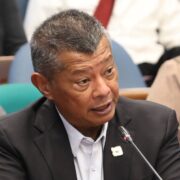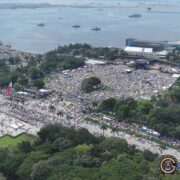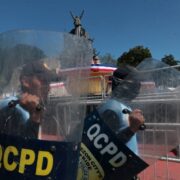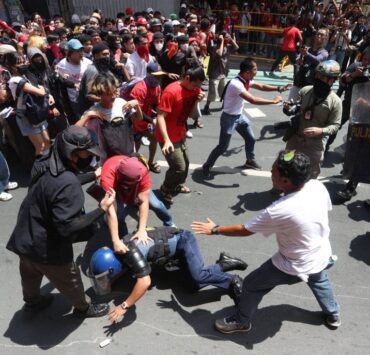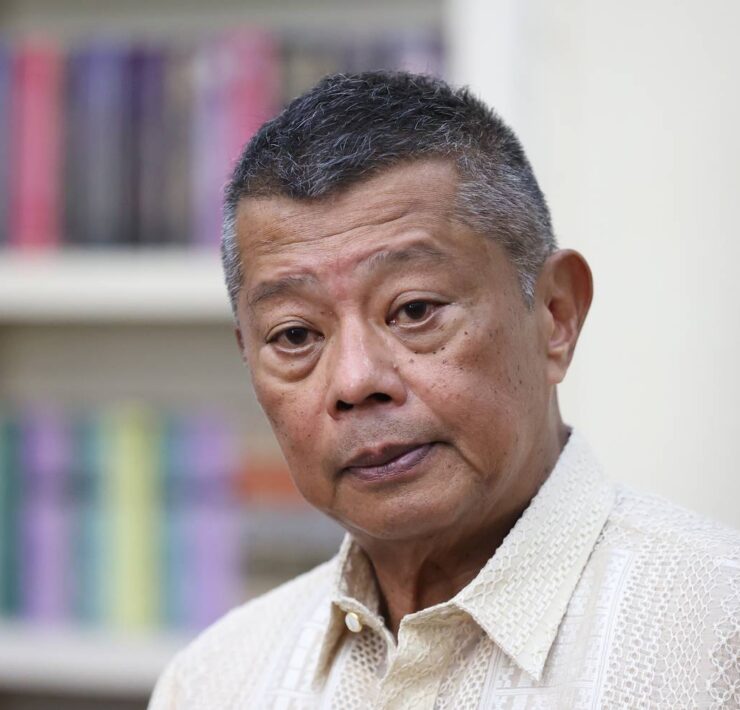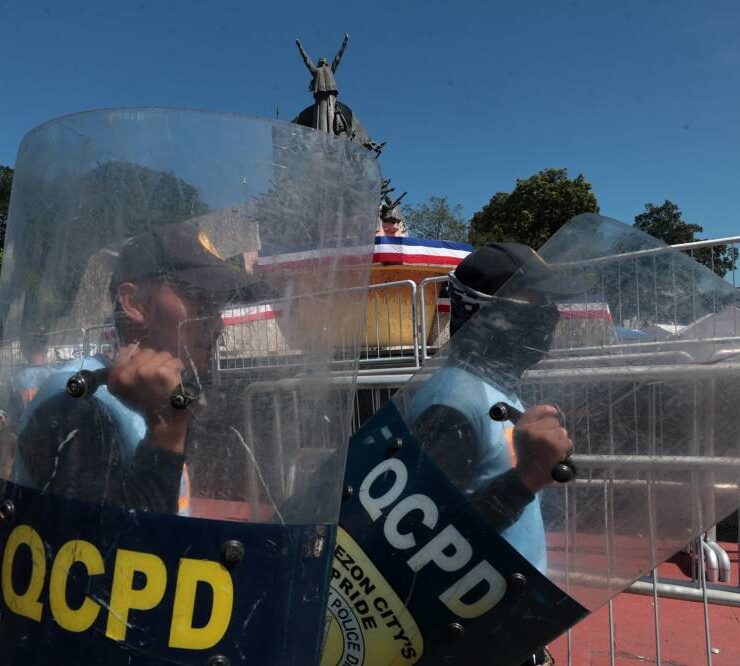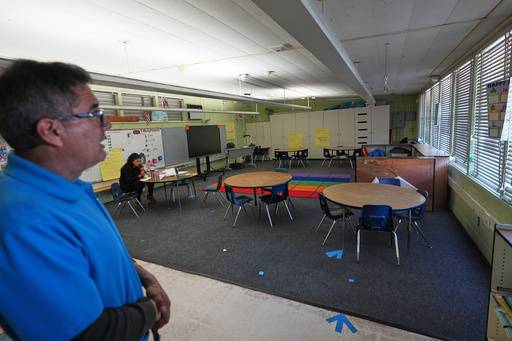Highest illiteracy rates mostly in southern PH
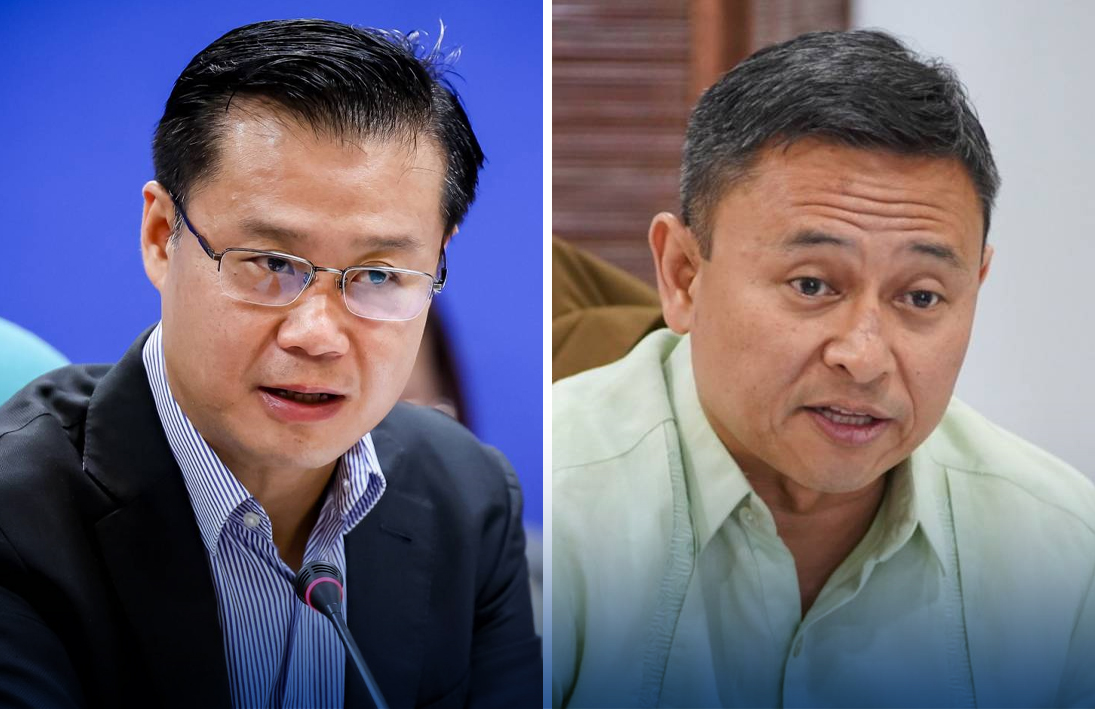
Based on the criteria set by the PSA for its survey, at least 117,000, or 36 percent of the constituents of Tawi-Tawi, the country’s southernmost province, could not read, write or compute
Eight of the 10 provinces with the poorest literacy rates in the country are in Mindanao, according to figures culled on Thursday from the Functional Literacy, Education and Mass Media Survey (Flemms) done by the Philippine Statistics Authority (PSA).
One of the 2024 survey results presented to the Senate on Wednesday showed that 18.9 million Filipinos who completed secondary education between 2019 and 2024 may be considered “functional illiterate”—students who could read, write and compute but could not comprehend what they had read.
‘Bottom 10’
Another finding was that Tawi-Tawi had the “highest basic illiteracy” rate, according to Sen. Sherwin Gatchalian, chair of the Senate basic education committee, who presented the Flemms finding on illiteracy.
Based on the criteria set by the PSA for its survey, at least 117,000, or 36 percent of the constituents of the Philippines’ southernmost province, could not read, write or compute.
The other provinces with basic illiteracy rates were Davao Occidental (55,000, or 23 percent of its population); Basilan (71,000, or 23 percent); Northern Samar (98,000, or 20 percent); Sarangani (77,000, or 18 percent); Lanao del Sur (155,000, or 17 percent); Zamboanga del Sur (128,000, or 16 percent); Samar (97,000, or 16 percent); Sultan Kudarat (97,000, or 14 percent); and Maguindanao del Sur (64,000, or 13 percent).
The data covered the illiteracy rates among provinces and its population aged 10 to 64 years old, based on Gatchalian’s presentation.
These provinces were also considered as the “bottom 10 basically literate provinces.”
In the case of Tawi-Tawi, Gatchalian estimated that at least one out of three people in the province could not read, write or compute.
“It’s very difficult to fight poverty if their constituents cannot read, write and compute,” he said. “What kind of jobs will they be getting? So, it’s very difficult to break the cycle of poverty if basic skills are not present in their locality.”
DepEd’s response
An “intervention program” to improve literacy would have to target these provinces, making sure that they get enough funding and attention, the senator said.
The PSA reported last year that Tawi-Tawi, Maguindanao and Basilan were among the poorest provinces in the country based on the 2023 poverty incidence among Filipino families.
Education Secretary Juan Edgardo Angara on Thursday said the Department of Education (DepEd) would have to “go deeper” and refocus their methods of teaching and assessment of students.
“Instead of memorization, we are focusing on having our learners be critical thinkers and have 21st century skills,” he said.
Other interventions will also be initiated—from remedial and literacy programs to the “effective utilization” of data gathered by the survey from each school, he said.
“The recent Flemms results on functional literacy highlight what we have long recognized—literacy must be at the heart of our education reforms,” Angara said.
“Ensuring that every Filipino learner is functionally literate is a commitment we owe to our constituents,” he pointed out.
Responding to Gatchalian’s remarks during Wednesday’s hearing called by the Senate committee on education, PSA Assistant National Statistician Adrian Cerezo said Angara “took notice” of the data on these provinces during a meeting prior to the hearing where the PSA presented its findings to DepEd.
On the regional results, the Flemms report said the Bangsamoro Autonomous Region in Muslim Mindanao (BARMM) had the highest basic illiteracy rates, where at least 582,000, or 16 percent of its population, could not read, write and compute.
BARMM was followed by Zamboanga Peninsula (Region 9) with 320,000, 11 percent of its entire population.
The eight other regions with the highest basic illiteracy rates are Eastern Visayas around 365,000, or 10 percent of its population; Soccsksargen (334,000, or 10 percent); Mimaropa (239,000, or 9 percent); Negros Island Region (187,000, or 9 percent); Caraga (189,000, or 9 percent); Bicol (367,000, or 8 percent); Cagayan Valley (222,000, or 7 percent) and Western Visayas (451,000, or 7 percent).
“If you look at BARMM … half a million people there cannot read, write or compute. So, that’s a staggering number,” Gatchalian said.
For functional illiteracy—or those who are facing difficulties in comprehending or understanding, Tawi-Tawi again had the highest number—218,000, or 67 percent of its population.
“Again, in Tawi-Tawi, if you want to bring businesses there, have meaningful livelihood programs, [it is] very difficult if people cannot even understand and comprehend a simple story,” Gatchalian said.
Resource allocation
He also suggested flagging local governments in the areas that ranked poorly in the Flemms, by allocating more resources—whether from the national government or locally—to these provinces.
“We cannot just meet here in the room, we have to cascade this to the provinces now that data is available per province,” he said.
Following behind Tawi-Tawi with the highest functional illiteracy rate was Davao Occidental with around 130,000, or 53 percent of its constituents; Zamboanga del Sur (399,000, or 49 percent); Northern Samar (236,000, or 48 percent); Basilan (150,000, or 48 percent); Sarangani (209,000, or 48 percent); Samar (283,000, or 46 percent); Agusan del Norte (135,000, or 44 percent); Sultan Kudarat (293,000, or 44 percent); and Lanao del Norte (240,000, or 44 percent).
Top provinces, cities
The provinces with the highest basic literacy rates are Apayao (95.2 percent); Benguet (94.9 percent); Romblon (94.6 percent); Nueva Ecija, Bohol and Rizal (94.2 percent); South Cotabato (93.7 percent); Bataan and Cavite (93.6 percent); and Bulacan (93.5 percent)
Those with the highest functional literacy rates are Benguet (87.9 percent); Apayao (86.8 percent); Rizal (82.1 percent); Romblon (81.9 percent); Siquijor (80 percent); Bohol (79.2 percent); Bataan (77.8 percent); and Cavite and South Cotabato (77.4 percent).
The top 10 highly urbanized cities with the highest basic literacy rates are Pasay (96.2 percent); Cagayan de Oro (96.1 percent); San Juan and Pasig (95.5 percent); Mandaue (95.2 percent); Pateros town (95.1 percent); Olongapo (94.9 percent); Cebu (94.7 percent); Taguig (94.6 percent); and Makati (94.3 percent).
Recording the highest functional literacy rates are San Juan (94.5 percent); Baguio (89.8 percent); Pasig (89.1 percent); Pateros town (88.1 percent); Makati (87.3 percent); Las Piñas (87.1 percent); Taguig (86.1 percent); Mandaluyong (84.6 percent); Cagayan de Oro (84.4 percent); and Navotas (83.3 percent). —WITH A REPORT FROM INQUIRER RESEARCH


